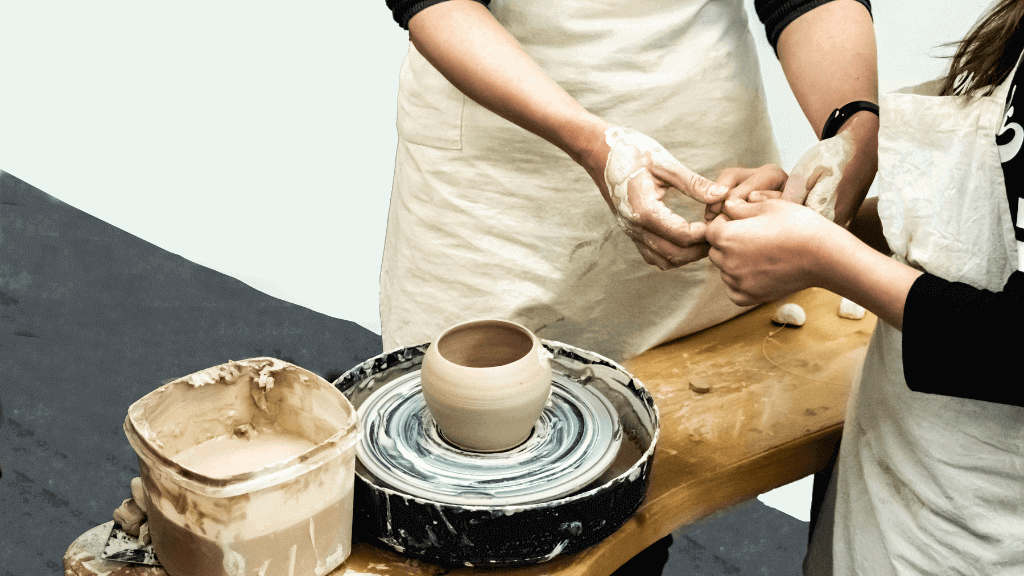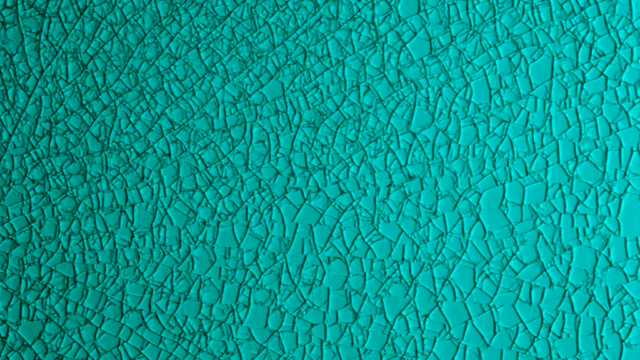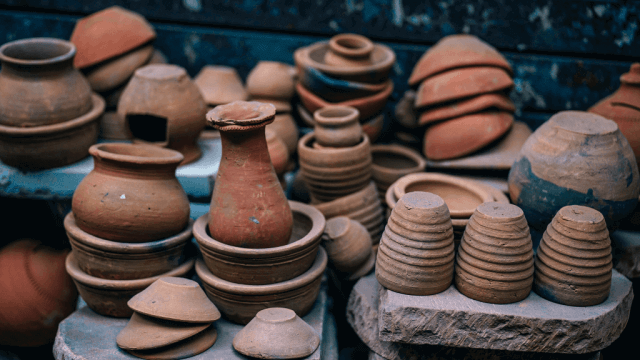Does crazing affect the value of pottery?
Yes, crazing can affect the value of pottery, generally reducing its market price. Crazing refers to the network of fine cracks that appear on the glaze surface over time, which can compromise the aesthetic and functional qualities of the piece. Collectors often consider crazed pottery flawed and are less likely to pay premium prices for such items.
Crazing is a defect in the glaze of pottery that can weaken the item and may harbor bacteria. It usually diminishes the value of pieces depending on their severity and rarity. Crazing can be avoided by controlling temperature, humidity, and glaze thickness.
What is Crazing in Pottery?
Crazing refers to the fine, spiderweb-like cracks that appear on the surface of a pottery piece’s glaze. While it doesn’t usually affect the item’s structural integrity, it can mar its appearance and reduce its value in the eyes of collectors.
What Causes Crazing in Pottery and Ceramics?
Crazing in pottery and ceramics is generally caused by the mismatch in coefficients of thermal expansion between the clay body and the glaze. When the piece is fired, the glaze contracts more than the clay during cooling, developing a network of tiny cracks in the glaze surface.
What is Porcelain Crazing?
Porcelain crazing is the occurrence of fine, hairline cracks in the glaze surface of porcelain items. Like crazing in other pottery forms, it’s typically a result of glaze-clay body mismatch during firing. Though it doesn’t usually affect the piece’s functionality, it can diminish its aesthetic value.
What causes crazing in pottery, and can it be prevented?
Crazing in pottery is caused by a mismatch between the thermal expansion of the glaze and clay body. It can be prevented by applying a thinner coat of glaze and cooling the piece more slowly or by adjusting the silica and clay content of the glaze. Additionally, avoiding temperature and humidity changes can help to prevent crazing.
Are there any benefits to buying pottery with crazing?
While crazing can weaken the integrity of pottery over time and may harbor bacteria, it can also add a unique aesthetic to pieces. Crazing is often desirable in decorative pieces, as it can create interesting patterns and textures.
Does the severity of crazing affect the value of pottery differently depending on the type of pottery?
The severity of crazing can affect the value of pottery differently depending on the type of pottery. Crazing is considered a defect in the glaze. It can weaken the item, as studies by Dr. Bill Carty of Alfred University have shown that crazed ceramics are weaker than unglazed ceramics. However, specific ceramic techniques like those used to produce Raku ware may use crazing as a desired decoration technique. In general, crazing diminishes the value of most pieces depending on the severity and rarity of pieces.
Are there any restoration techniques to fix crazing in pottery, and does this affect its value?
Several restoration techniques to fix crazing in pottery include adjusting the clay body or glaze, lowering the firing temperature, and avoiding adding extra silica or sand. Removing stains and discoloration from crazing lines is also possible. However, crazing can affect the value of antique porcelain, so it is vital to detect these condition issues before purchasing.
Do different collectors have different preferences when purchasing pottery with crazing, and how does this impact its value?
Different collectors have varying preferences when purchasing pottery with crazing, which can impact its value. Generally, crazing diminishes the value of objects, but this depends on the severity of the damage and rarity of the piece. For example, while collectors of many other art pottery makers tolerate factory crazing, Rookwood buyers typically pay a premium for uncrazed pieces. Minor damage can reduce a piece’s value, but not all signs of aging are bad. Light crazing on pottery doesn’t take away value if it is not too severe.











